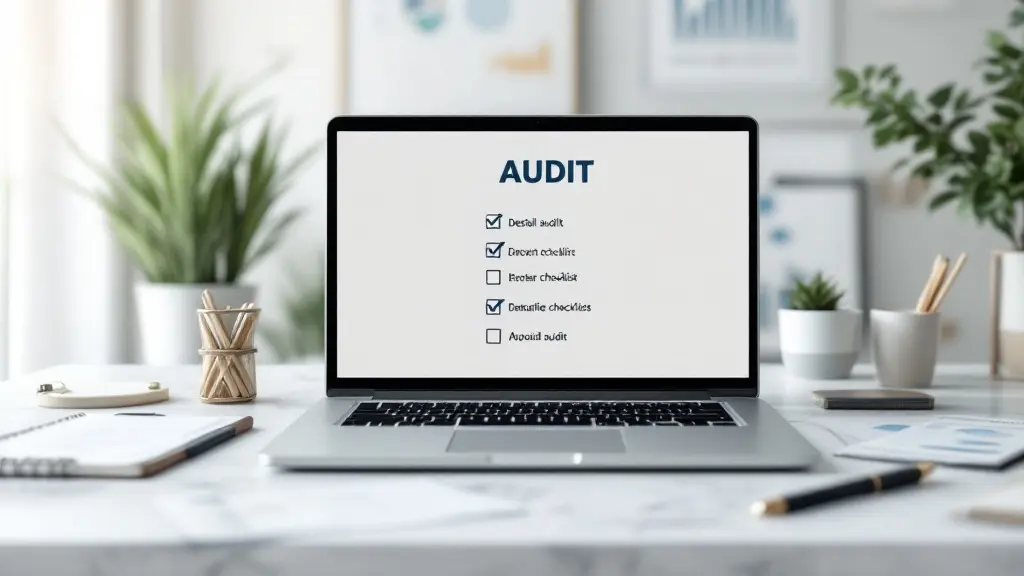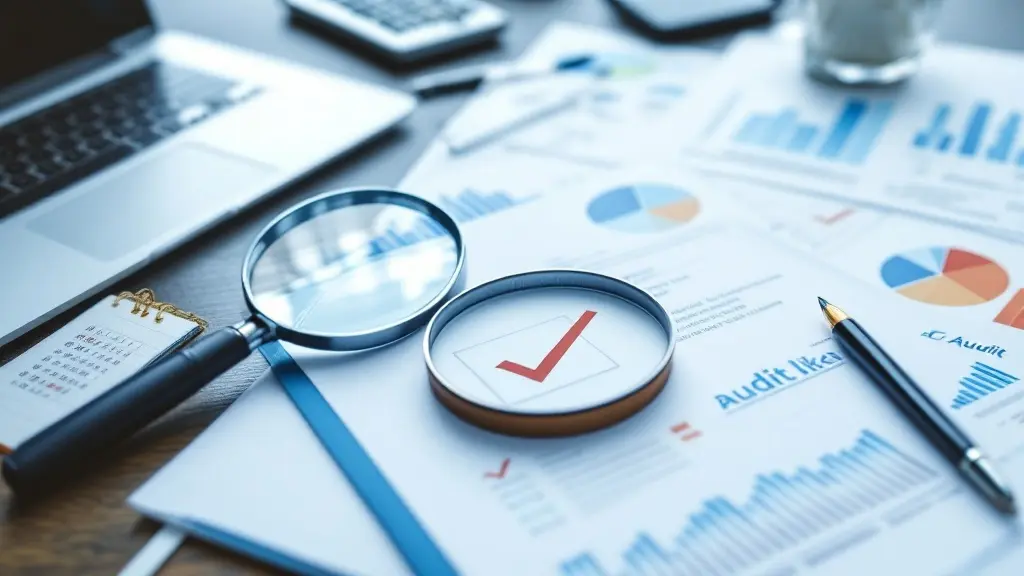Understanding the Concept of “Assets is Equal to Liabilities Plus Equity” in Accounting
Table of Contents
Most Read
[fusion_dropcap class="fusion-content-tb-dropcap"]W[/fusion_dropcap]hen we dive into the world of accounting, we come across a fundamental principle that drives the balance sheet: Assets = Liabilities + Equity. This equation is the backbone of accounting, known as the accounting equation, and it is essential for anyone studying finance, accounting, or running a business. But what does it actually mean? Let’s explore this concept in detail, break it down into easy-to-understand terms, and see how it forms the foundation of financial reporting.
What Is the Accounting Equation?
At its core, the accounting equation represents a simple relationship between three key components of a business’s financial structure:
- Assets: What a business owns.
- Liabilities: What a business owes.
- Equity: The owner’s residual interest in the business after liabilities are deducted from assets.
The equation is structured as:
Assets = Liabilities + Equity
This equation ensures that the financial statements of a company are always in balance. In simpler terms, it means that the resources owned by a business (assets) are financed either by borrowing money (liabilities) or through the owner’s investment (equity). Understanding this equation is crucial because it directly affects how we analyze financial data, make business decisions, and ensure financial integrity.
Breaking Down the Equation
Let’s take a closer look at each component:
1. Assets: The Resources a Business Owns
In accounting, assets are everything a business owns that is expected to provide future economic benefit. Assets can be physical or intangible and are classified into two categories:
- Current Assets: These are assets that can be converted into cash within one year, such as cash, accounts receivable, and inventory.
- Non-Current Assets (Fixed Assets): These are long-term investments that will provide benefits over an extended period, such as buildings, machinery, patents, and trademarks.
Assets are essential because they represent the resources that the business uses to generate revenue. For example, a delivery truck is an asset because it helps a business deliver goods to customers, which drives income.
2. Liabilities: What a Business Owes
On the other side of the equation, liabilities represent the financial obligations a business has to other parties. Liabilities are amounts the business must repay in the future, usually in the form of money, goods, or services. Like assets, liabilities are also divided into two categories:
- Current Liabilities: These are debts that are due within one year, such as accounts payable, wages payable, and short-term loans.
- Non-Current Liabilities (Long-Term Liabilities): These are obligations that are due beyond one year, like long-term loans, bonds payable, and lease obligations.
Liabilities represent the sources of funds used to acquire assets. For example, if a business takes out a loan to buy new equipment, the loan is a liability, and the equipment purchased is an asset.
3. Equity: The Owner’s Residual Interest
Equity refers to the owner’s stake in the business. It represents what remains after subtracting liabilities from assets. In other words, equity is what the owner “owns” after the debts have been paid off. It’s often called the “net worth” of the business.
For corporations, equity is also known as shareholder’s equity and includes common stock, retained earnings, and additional paid-in capital. For sole proprietorships or partnerships, equity may simply be referred to as the owner’s equity and includes the initial investment plus any profits or losses retained within the business.
The Importance of the Accounting Equation
Now that we’ve broken down the accounting equation, let’s discuss why it’s so vital for businesses.
1. Ensures Financial Balance
The accounting equation is the foundation of double-entry bookkeeping, which ensures that all transactions are recorded in a balanced manner. Every financial transaction affects at least two accounts: one will increase, and the other will decrease, but the accounting equation will always stay in balance. For example, if a business takes a loan (increasing liabilities), it will likely use the loan amount to buy an asset, keeping the equation balanced.
2. Provides Clear Financial Insight
The equation helps to provide clarity on how a business is financed and where its resources are coming from. If assets increase but liabilities stay the same, the increase is likely financed through equity. Conversely, if liabilities increase, it means the business is borrowing more money.
3. Foundation for Financial Reporting
The equation is used to prepare financial statements like the balance sheet, which is a snapshot of a company’s financial health at any given time. The balance sheet shows the company’s assets, liabilities, and equity, and it always balances out due to the accounting equation. By analyzing the balance sheet, business owners, investors, and stakeholders can assess the company’s financial position.
4. Helps with Business Decisions
By understanding the relationship between assets, liabilities, and equity, business owners can make better decisions about financing, investing, and managing risk. For example, a high level of debt (liabilities) compared to assets could signal financial distress, while a high level of equity might indicate strong financial stability.
Real-World Example: Assets = Liabilities + Equity
Let’s consider a simple example to understand the accounting equation in action.
Imagine a small business, XYZ Ltd., that starts its operations by taking out a loan of ₹500,000. The business uses this loan to buy equipment and inventory worth ₹500,000. Here’s how the accounting equation looks:
- Assets: ₹500,000 (equipment and inventory)
- Liabilities: ₹500,000 (loan payable)
- Equity: ₹0 (initially, the business has no equity since it was fully financed through a loan)
In this case, the accounting equation is:
Assets (₹500,000) = Liabilities (₹500,000) + Equity (₹0)
As the business continues to operate and generate profits, the equity will increase, and the liabilities may decrease over time.
Key Takeaways
- The accounting equation (Assets = Liabilities + Equity) is the fundamental principle of accounting that ensures financial balance in a company.
- Assets are everything a business owns that provides future economic benefit, while liabilities are what the business owes, and equity represents the owner’s stake in the business.
- The equation helps ensure that financial statements are balanced and provides valuable insights into a business’s financial health and performance.
By understanding this equation, you’ll be able to interpret financial statements more effectively and gain a deeper understanding of a business’s financial structure. Whether you’re a business owner, investor, or aspiring accountant, this concept is vital to your success in managing and analyzing financial data.
Frequently Asked Questions (FAQ)
1. Why is the accounting equation so important?
The accounting equation is crucial because it helps maintain financial balance in a company, ensuring that all transactions are accurately recorded. It also forms the foundation of key financial statements like the balance sheet.
2. Can a business have more assets than liabilities?
Yes, a business can have more assets than liabilities, which indicates that the business is in a financially healthy position. The excess of assets over liabilities is reflected in the owner’s equity.
3. What happens if the accounting equation doesn’t balance?
If the accounting equation doesn’t balance, it suggests an error in the financial records. Double-entry accounting requires that every transaction affects two accounts, and both sides must always remain equal.
4. How does equity increase over time?
Equity can increase through profits generated by the business or additional investments made by the owners. It can also increase if the business pays off liabilities, thus improving the owner’s stake.
By understanding the assets = liabilities + equity equation, you can navigate the complexities of accounting with greater ease and accuracy. Whether you’re starting a business or studying finance, this concept will guide you to make informed financial decisions.









